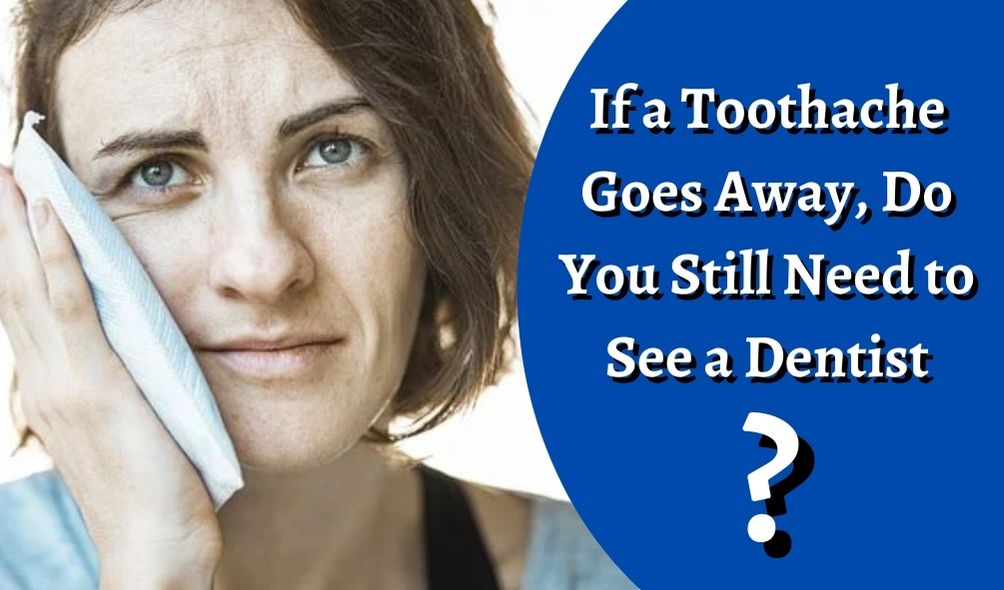If a Toothache Goes Away, Do You Still Need to See a Dentist?
It is a typical Sunday afternoon and you are just sitting on your couch watching your favorite show when you are suddenly struck with a sharp pain that radiates to one side of your jaw. You are experiencing a toothache and you need to schedule a visit with your dentist. However, the pain subsided after a few hours, so does this mean that you are out of danger? Or is the problem still there? Read on and get the answers that you are looking for.
What are the Usual Causes of a Toothache?
Toothaches are not fun. Fortunately, you can lessen their chances of occurring by knowing some of their possible triggers and contributors. This includes gum infection, broken teeth, abscessed teeth, damaged filling, ongoing teeth grinding, and advanced tooth decay. The most common cause of toothaches is an acute bacterial growth that has entered the area where the canals and pulp are housed. If you feel any pain, the first step is to contact a dentist immediately. Until then, you can do whatever is necessary to stabilize the situation until you are examined and treated.
How Should I Respond to a Toothache?
The best way to deal with a toothache is to see a dentist, but is there anything you can do until your scheduled appointment to ease some of its symptoms? To ensure that the pain is not caused by food or any object lodged between your teeth, see and try to floss around the site of the pain. You can also take a few steps to get some relief, including:
- Taking acetaminophen or ibuprofen to lessen or ease the pain.
- Applying ice to the outside of the jaw to reduce any swelling and accompanying pain.
- Keeping your head elevated to prevent blood from rushing to your mouth area, which can further intensify the pain.
- Rinsing your mouth with an alcohol-based mouthwash to remove bacteria and numb the sensitive area.
What if the Pain will Not Go Away?
There are some occasions where the discomfort related to a toothache will eventually subside. Perhaps the most common reason is that the tooth has died and cannot be salvaged any longer. Therefore, temporary relief from pain should not be confused with the problem being corrected.
When it comes to bacteria, these nasty little critters will only move straight ahead, and not go back. So whether the initial toothache fades or not, make it a priority to visit your dentist as soon as you can. By doing so, you can find out the cause of the toothache and get the essential restorative care that you need.
How is a Toothache Usually Treated?
The most common method of treating a badly damaged tooth is for the dentist to do a root canal procedure. They will start by drilling into the affected tooth to access the decayed tissue. The dentist will then remove the bacteria before thoroughly cleaning the area. From here, they will fill the affected tooth with a compound called gutta-percha and seal it.
Once the tooth is cleaned and prepared, your dentist will take bite impressions to be sent to a laboratory which they will use to fabricate a new porcelain crown. When it arrives, you will go back to the dentist so it can be securely placed over the treated tooth.
If you find yourself dealing with an acute toothache, do not hesitate to seek treatment, even when it suddenly goes away. Reach out to a qualified professional as soon as you can avoid more complex issues from developing. Plus, you will finally get relief from pain and get your oral health restored back to its normal, healthy state.





 |
|